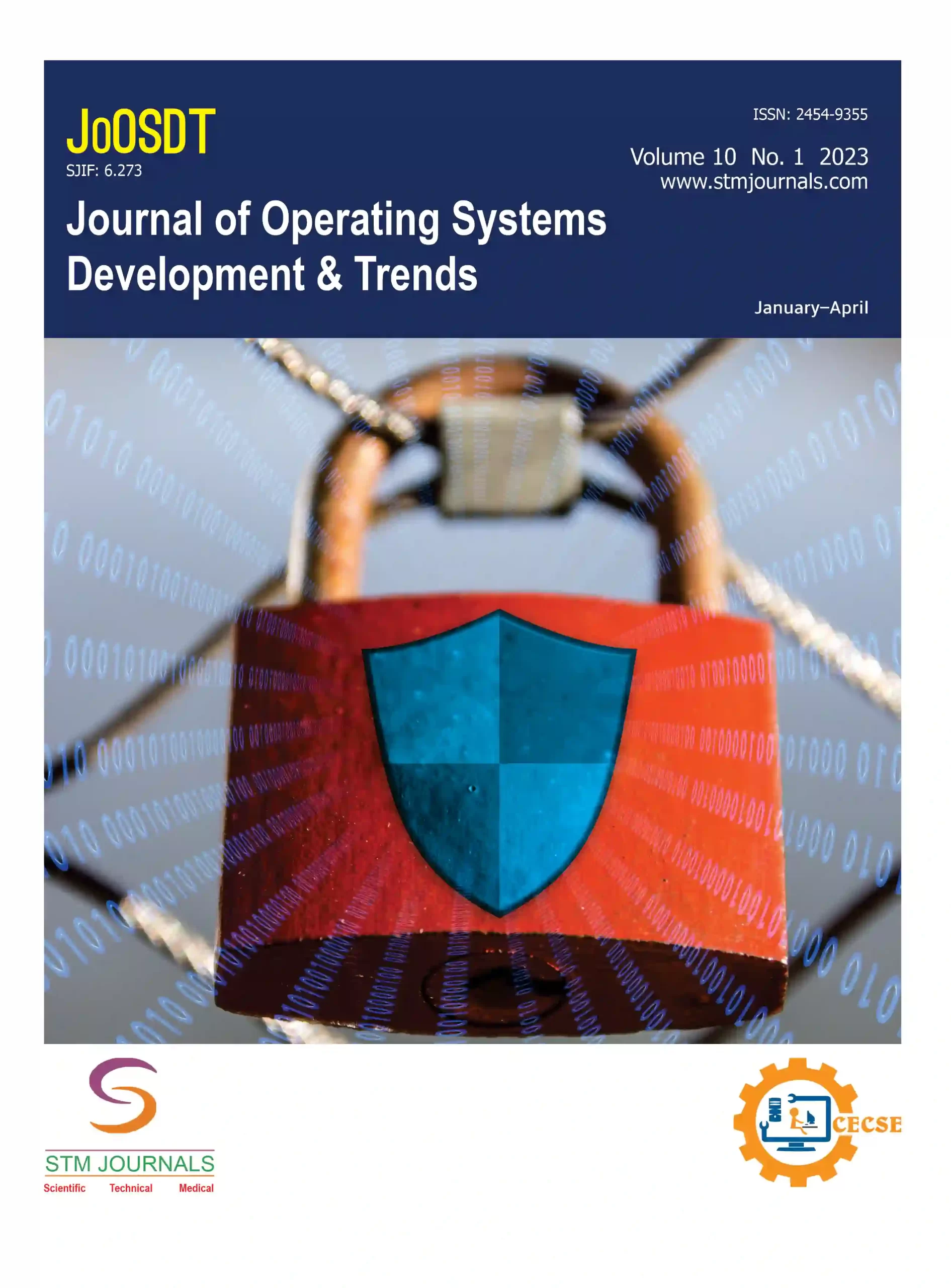[{“box”:0,”content”:”[if 992 equals=”Open Access”]
Open Access
n
[/if 992]n
n
n
n
n
- n t

n
Nivedha R., Ranjana S.
[/foreach]
n
n
n[if 2099 not_equal=”Yes”]n
- [foreach 286] [if 1175 not_equal=””]n t
- Student, Department of Computer Science, Anna Adarsh College for Women, Chennai, India, Assistant Professor, Department of Computer Science, Anna Adarsh College for Women, Chennai, Department of Computer Science, Anna Adarsh College for Women, Chennai, Tamil Nadu, Tamil Nadu, India, India
n[/if 1175][/foreach]
[/if 2099][if 2099 equals=”Yes”][/if 2099]nn
Abstract
nIn today’s modern era, ensuring the authenticity of pictures is crucial. This article presents a straightforward method for identifying fake pictures using the widely used OpenCV and MD5 technologies. OpenCV helps us examine pictures for irregularities such as abnormal colors or shapes, while MD5 is a unique digital fingerprint for each image. Our approach combines these tools to create a robust fraud detection system. OpenCV carefully examines various aspects of pictures, flagging potential areas of manipulation. In addition, MD5 generates a unique code or hash that effectively represents the entire image. We tested our method on various datasets containing both genuine and fake pictures. The results demonstrate that our system accurately detects manipulated regions and verifies authenticity by comparing unique MD5 hashes. This research provides a practical solution for ensuring image integrity in law, medicine, and interactive media.
n
Keywords: The topics covered are digital images, image forgery, authenticity, conventional techniques, OpenCV, detecting fraud, and MD5.
n[if 424 equals=”Regular Issue”][This article belongs to Journal of Operating Systems Development & Trends(joosdt)]
n
n
n
n
n
n
n[if 992 equals=”Open Access”] Full Text PDF Download[/if 992] nn
n[if 379 not_equal=””]nBrowse Figures
n
n
n[/if 379]n
References
n[if 1104 equals=””]n
1. Appalanaidu P, Sanjana P, Jyothika S, Students T. IMAGE FORGERY DETECTION USING OPEN-CV AND MD5. 1998. Available from: http://www.journal-iiie-india.com/1_apr_23/30_online.pdf
2. Image Forgery Detection Using Machine Learning-Javatpoint. www.javatpoint.com. 2021. Available from: https://www.javatpoint.com/image-forgery-detection-using-machine-learning
3. Image Forgery Detection Using Machine Learning-Javatpoint. www.javatpoint.com. 2021. Available from: https://www.javatpoint.com/image-forgery-detection-using-machine-learning
4. Zheng, L.; Zhang, Y.; Thing, V.L. A survey on image tampering and its detection in real-world photos. J. Vis. Commun. Image Represent. 2019, 58, 380–399.Winter Conference on Applications of Computer Vision (WACV), Waikoloa, HI, USA, 5–9 January 2021; pp. 375–384.
5. Sevinc Bayram, Husrev Taha Sencar, and Nasir Memon, “An efficient and robust method for detecting copy-move forgery,” Proceedings of the IEEE International Conference on Acoustics, Speech and Signal Processing, pp.1053–1056, April 2009, Taipei, Taiwan.
6. Divya G. Python Image Forgery Detection using MD5 OpenCV. Ameerpet. 2023. Available from: https://www.ameerpet.org/python-image-forgery-detection-using-md5-opencv.html
7. Kristianto GY, Goran Topic, Aizawa A. Mcat math retrieval system for ntcir-12 mathir task. InNTCIR 2016.
8. Laroudie C, Bursuc A, Ha ML, Franchi G. Improving CLIP Robustness with Knowledge Distillation and Self-Training. arXiv preprint arXiv:2309.10361. 2023 Sep 19.
9. Sreekumar KS. Exploring the Purpose of a Notary: Ensuring Trust and Authenticity-Holborn Notary. Holborn Notary. 2023. Available from: https://holbornnotary.com/exploring-the-purpose-of-a-notary-ensuring-trust-andauthenticity/
10. AI. Choosing best ai detector key features and recommendations-FasterCapital. FasterCapital. 2024. Available from: https://fastercapital.com/content/Choosing-best-ai-detector-key-features-and-recommendations.html
nn[/if 1104][if 1104 not_equal=””]n
- [foreach 1102]n t
- [if 1106 equals=””], [/if 1106][if 1106 not_equal=””],[/if 1106]
n[/foreach]
n[/if 1104]
nn
nn[if 1114 equals=”Yes”]n
n[/if 1114]
n
n

n
Journal of Operating Systems Development & Trends
n
n
n
n
n
n
| Volume | 11 | |
| [if 424 equals=”Regular Issue”]Issue[/if 424][if 424 equals=”Special Issue”]Special Issue[/if 424] [if 424 equals=”Conference”][/if 424] | 01 | |
| Received | April 9, 2024 | |
| Accepted | April 12, 2024 | |
| Published | May 3, 2024 |
n
n
n
n
n
nn function myFunction2() {n var x = document.getElementById(“browsefigure”);n if (x.style.display === “block”) {n x.style.display = “none”;n }n else { x.style.display = “Block”; }n }n document.querySelector(“.prevBtn”).addEventListener(“click”, () => {n changeSlides(-1);n });n document.querySelector(“.nextBtn”).addEventListener(“click”, () => {n changeSlides(1);n });n var slideIndex = 1;n showSlides(slideIndex);n function changeSlides(n) {n showSlides((slideIndex += n));n }n function currentSlide(n) {n showSlides((slideIndex = n));n }n function showSlides(n) {n var i;n var slides = document.getElementsByClassName(“Slide”);n var dots = document.getElementsByClassName(“Navdot”);n if (n > slides.length) { slideIndex = 1; }n if (n (item.style.display = “none”));n Array.from(dots).forEach(n item => (item.className = item.className.replace(” selected”, “”))n );n slides[slideIndex – 1].style.display = “block”;n dots[slideIndex – 1].className += ” selected”;n }n”}]

